History of Hennepin Tech
Nothing is more important to us than the future. Hennepin Technical College's mission has always been focused on students and the transformation of our community and progress. Over the years, Hennepin Tech’s course offerings and degree programs have evolved, adapted, and changed to reflect the needs of employers and of today’s students. Hennepin Tech will continue keeping its eye on the future, and will continue our history of innovation for many years to come.
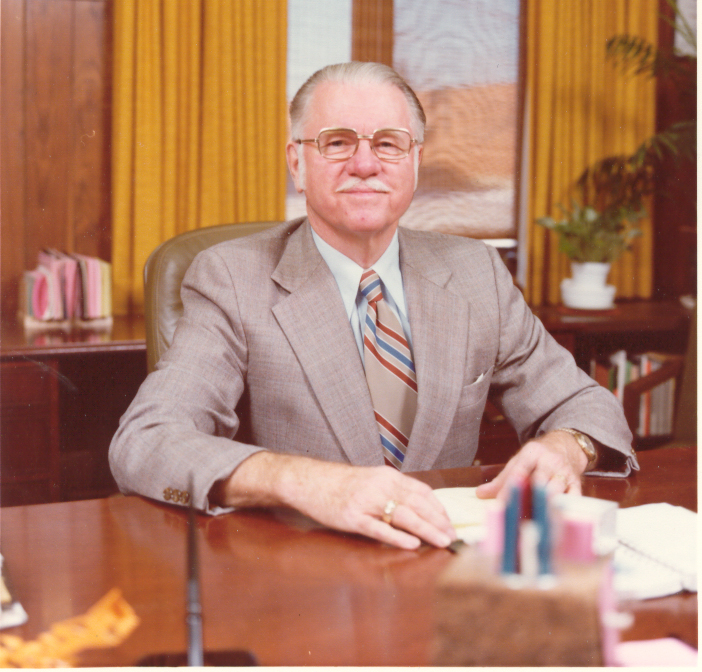
Remember that we are just starting out and everything is cast in soft concrete and can always be changed. And if it's better for students, we'll do it.
Dr. Richard Emery
District 287 Superintendent
A Hennepin Technical College Founder
1968
Legislation passes which enables the formation of a cooperative structure for vocational technical education among all of the independent school districts in suburban Hennepin County (Independent School District 287). This gives the suburban districts the ability to raise funds through taxes and levies.
It’s a challenge to develop ISD 287. There are more than a dozen participating districts and each contributes two school board members.
1970
Construction begins on the campuses in Eden Prairie and Brooklyn Park. The district initially owns a third piece of land, but later sold it. School officials cause controversy by adding a student cafeteria for student lunches. This was considered cost-prohibitive, but the school officials felt it would better serve their incoming students. It was a popular decision with students.
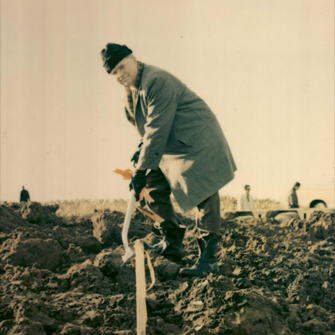
As the buildings near completion, the immense task of staffing begins. Organizers rented trailers near the district offices for job interviews. Searching for new faculty, organizers asked for help from industries and labor groups. The plan is to hire 500 teachers.
1972
Suburban Hennepin County Area Vocational Technical Centers officially opens two campuses in the fall. Over 1,000 students are enrolled in 45 different programs in the first year.
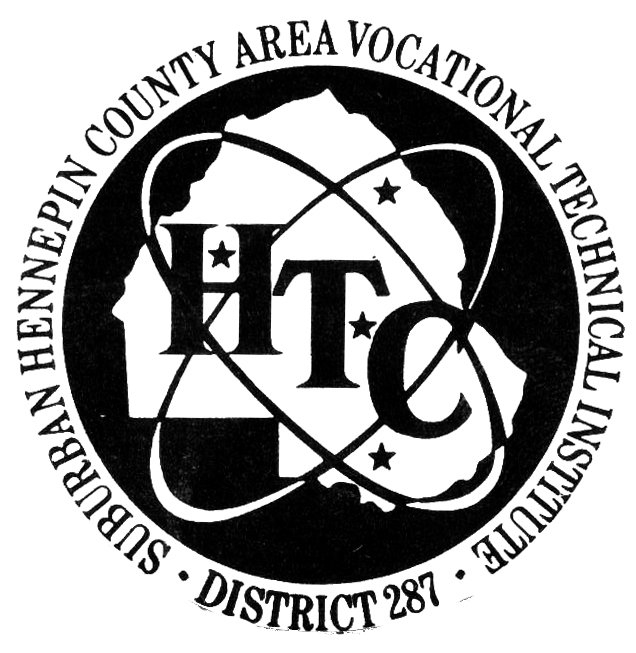
1974
Enrollment rises to nearly 5,000.
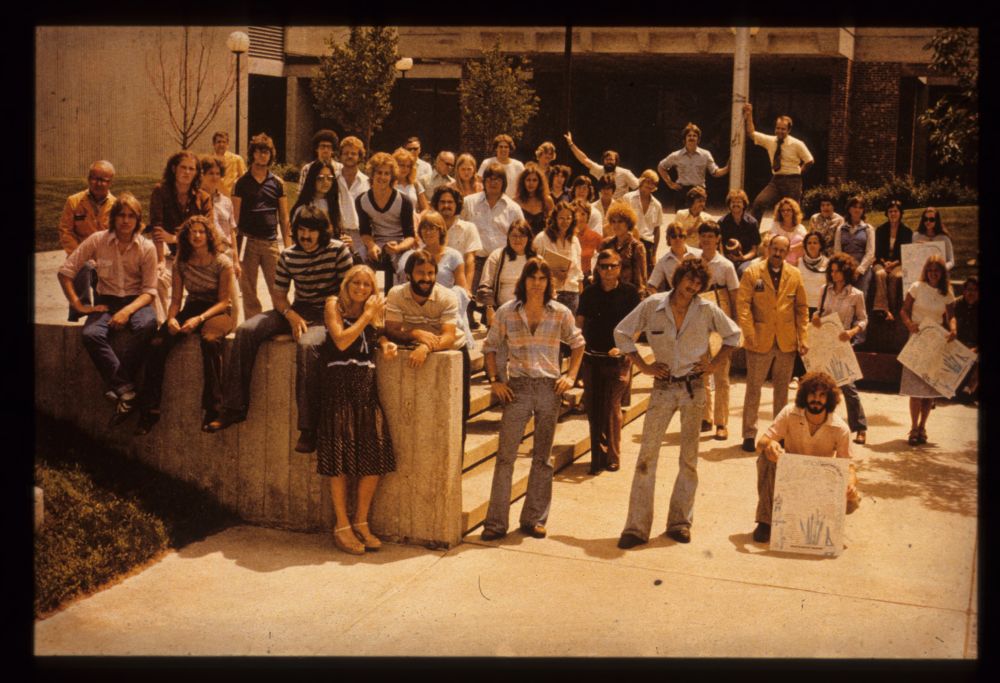
1977
As computers become more prominent in businesses, the school adds a section of Data Processing Careers at both campuses. Sheet Metal also debuted this same year, along with new sections of Agriculture Business, Banking Occupations, and Plastics Technology.
1978
Suburban Hennepin County Area Vocational Technical Centers changes its name to Hennepin Technical Centers.

1981
Word processing added to the office occupations training program.
1982
As an experiment, the home-building program builds a super-insulated home for the first time.
1983
An Apple II computer is added to Eden Prairie’s Child Development Center for toddlers.
Hennepin Tech launches job training programs designed to enhance employment opportunities for people 45 and over. This is not an issue for 81-year-old Hennepin Tech instructor Mike Fadell, who signed up for a class in 1973. His motto: “Work out, don’t rust out.”
1984
Eden Prairie’s retail management students open a gift store called Impressions, giving them hands-on training on operating a retail store. Hennepin Tech launches a mentor program for gifted and talented high school students and matches them with mentors in their fields.
A new engineering technology program, laser/electro-optics, begins.
1985-1986
New Hennepin Tech offerings include Automated Packaging Technology, Computerized Typesetting, Bio-Medical Technician, and Computer Graphics. Other new classes include Grand Parenting classes, In-Home Child Care and an expansion of the Horse Care and Stable Operations program.
The Hennepin Tech automotive training program receives an award from the National Motor Vehicles Association for its excellence in training and education. An AA program in auto mechanics is introduced.
1987
Hennepin Technical Centers changes its name to Hennepin Technical Institute.
1988
The school changes from an hour-based system to a credit-based system. Over time, this change results in an increase in the average age of the students attending.
The Fire Protection Associate Program has its first graduate and sees enrollment increase 100%.
Food service students make the world’s largest anniversary cake for KQRS radio’s 20th anniversary. Carpentry students made the frame to hold the 1000-pound cake.
1989
Hennepin Technical Institute changes its name to Hennepin Technical College.
A new outreach program for women is launched. Project Discover offers career and skills assessment for women in technical career training programs. Evening students receive access to child care, counseling, and interpreters for the deaf and hearing impaired.
1990
The first formal graduation ceremony is held at Robbinsdale Armstrong High School on June 4.
1991
The Minnesota Legislature mandates a merger of technical colleges, community colleges and state university systems.
1993
A full-time diversity coordinator position is created at the Eden Prairie campus to respond to the needs of a more culturally diverse student population.
1995
Intermediate School District 287 and Hennepin Tech become two different organizations. College employees now work for the State of Minnesota. Minnesota's technical colleges, community colleges and state universities join together and form the Minnesota State College and University System. Eventually the system will be re-named “Minnesota State.”
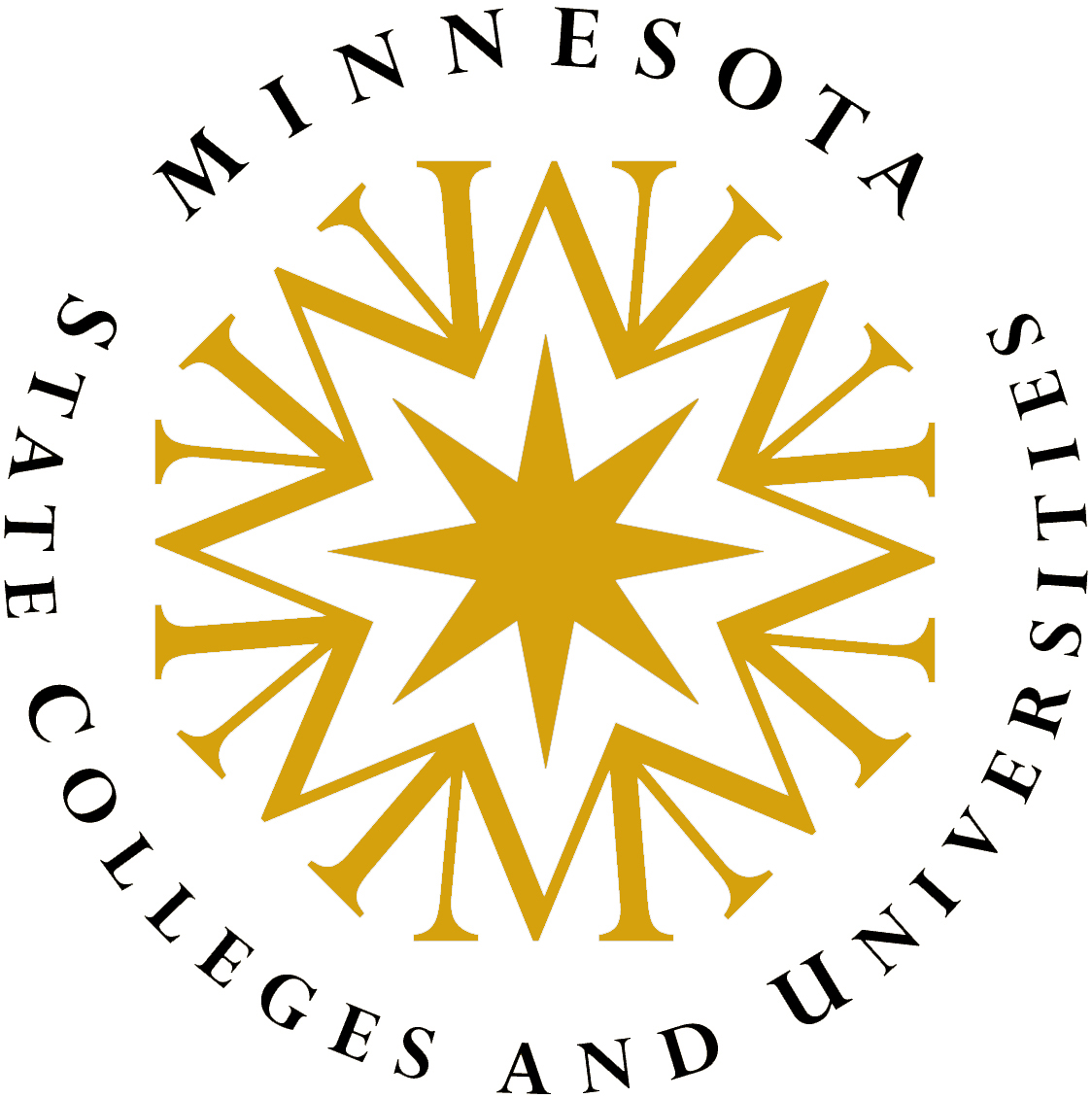
1996
A new logo is created for Hennepin Technical College.
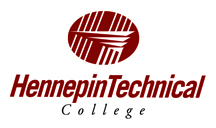
2003
Hennepin Technical College serves over 9,000 students in credit courses.
2010
Hennepin Tech partners with Metropolitan State University and builds a Law Enforcement and Criminal Justice Education Center. This new state-of-the-art facility on the Brooklyn Park campus serves as a training center for licensed peace officers in the Twin Cities area and beyond.
2011
A new logo is created.
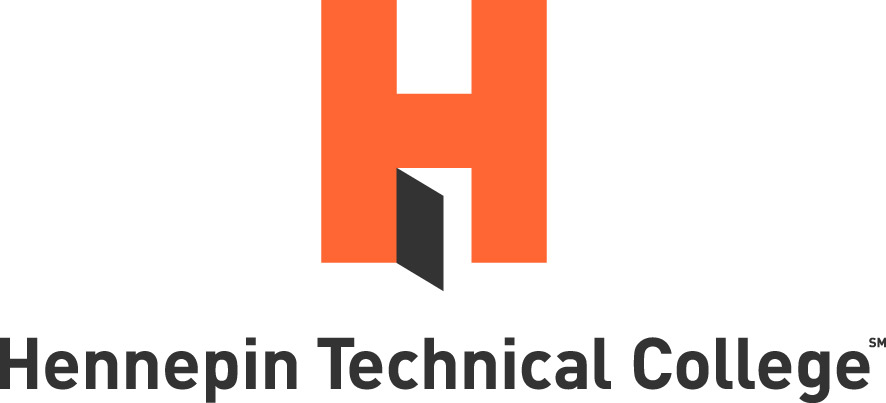
2012
Hennepin Tech undergoes its largest building renovation projects to date as both campuses are simultaneously renovated.
2013
Hennepin Tech’s Diversity Committee broadened its scope as part of a Minnesota State system-wide goal to develop a campus diversity plan, integrated into the college overall Student Success plan.
2014-2015
There are more than 9,500 students enrolled at Hennepin Tech in over 45 study areas. The largest age group enrolled is 25 to 34. The college offers 47 Associate of Applied Science (AAS) degrees, 3 Associate in Science (AS) degrees, 62 Diploma programs and 68 Certificate programs and has a staff of nearly 800.
2016
The manufacturing industry develops new ways to address a decline in qualified workers. Private-public partnerships, apprenticeships, scholarships and equipment donations help to recruit new students into manufacturing programs.
2018
A new effort, Unstoppable Women, encourages women to enter non-traditional careers, which are defined as careers in which women are underrepresented in the workforce. With events and profiles on social media and publications, the college celebrates women in career fields such as Information Technology, Manufacturing, and Transportation.
2019
Hennepin Tech and Robbinsdale School District 281 enter into a special charter. The partnership creates pathways for high school students to pursue career and technical education.
The college celebrates being ranked on GradReports Best Colleges list based on exceptional return on investment: high salaries and low student loan debt for graduates. Hennepin Tech’s Ford ASSET is ranked first in the nation based on enrollment.
On campus, the college unveils new, vibrant outdoor murals at the entrances of both campus locations. Students, faculty and staff provided input on the design and helped to paint the murals.
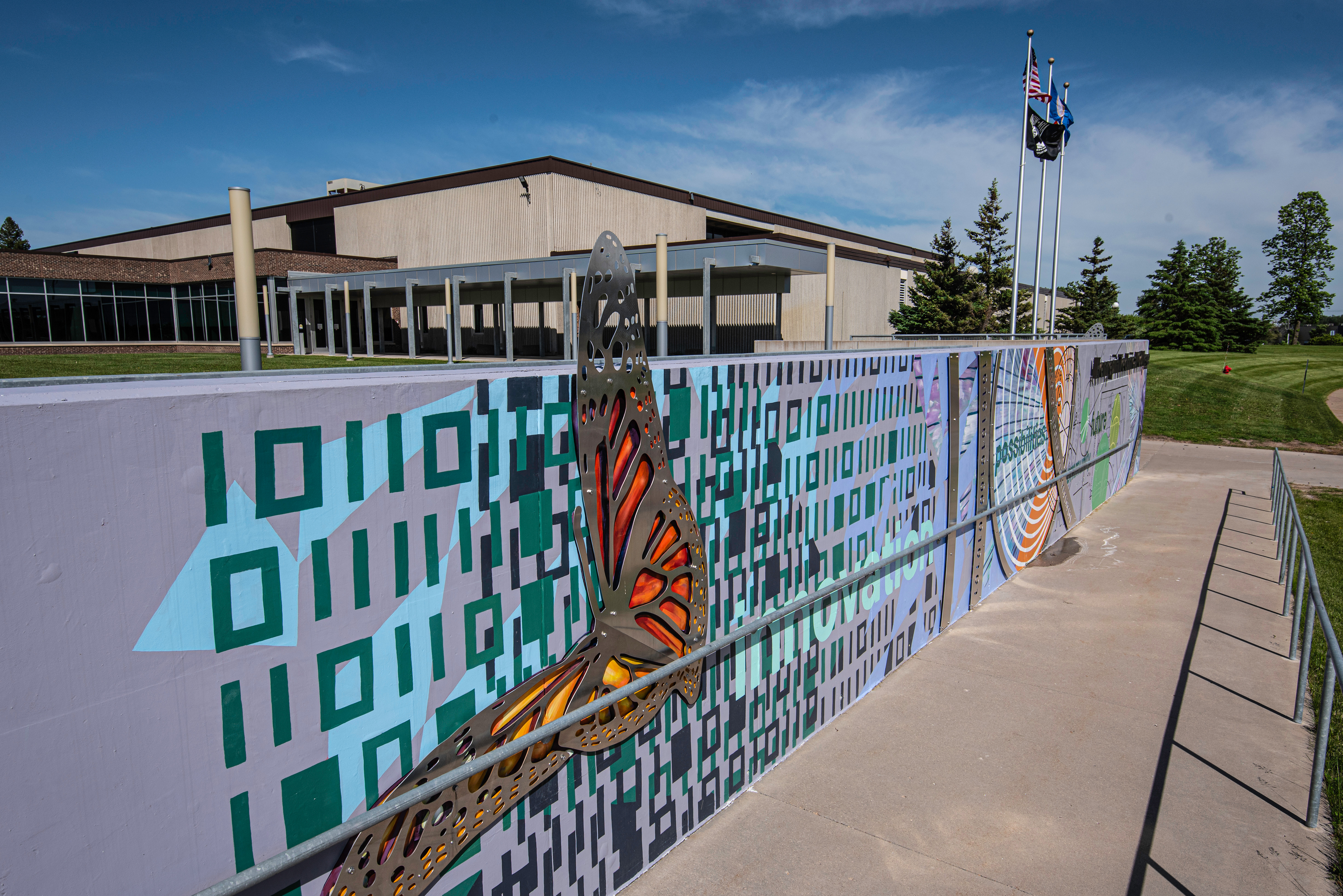
2020
In March 2020, the COVID-19 pandemic results in a worldwide shut-down. Hennepin Tech extended its spring break and quickly begins a monumental transition to a virtual environment because in-person learning is not allowed throughout Minnesota. Nearly all employees work from home.
A few months after the quarantine begins, the Minnesota Governor approves a plan to allow limited in-person learning at technical colleges. In general, elected officials agree with college leaders that a student can’t learn to repair a vehicle or operate heavy machinery via Zoom only. Finally, Hennepin Tech re-opens after it works with local and state health officials on a safety plan that includes wearing face masks and social distancing. Most classes are online-only classes but some are hybrid. During the hybrid model, the class lectures occur online – and in addition, the students may come to campus and attend labs or skills training in-person.
2021
As the second year of the pandemic begins, Hennepin Tech continues safety precautions. Options for students include classes that are online-only and hybrid classes. With COVID vaccines now available, Hennepin Tech contributes to the national and state efforts to urge vaccination and is named a COVID Vaccine Champion by the White House and Department of Education. The college provides vaccination clinics on campus and Hennepin Tech student nurses volunteer in the community.
2022
As vaccination numbers rise, the world is returning to a greater sense of normalcy. Following guidelines from federal and state health officials, Hennepin Tech ends the requirement to wear masks on campus and many in-person services and events are held in-person. After two years without commencement being held in-person, the graduation ceremony returns to the Minneapolis Convention Center.
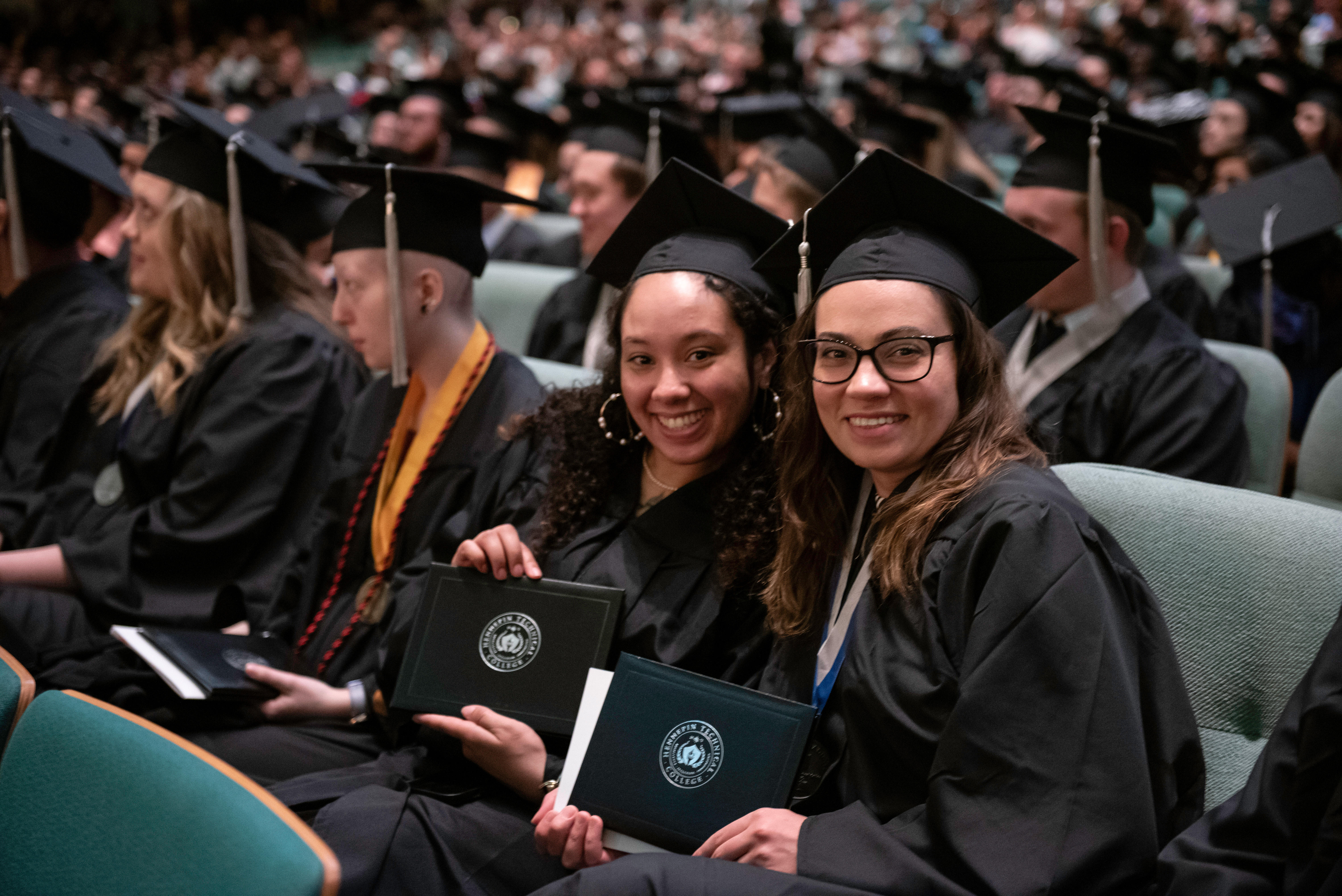
2023
September 1: Official Hennepin Tech Day
The State of Minnesota, along with the cities of Brooklyn Park and Eden Prairie, proclaimed September 1 as "Hennepin Technical College Day." The college community celebrated by wearing branded apparel, distributing prizes, and showcasing vintage campus photos.
On October 16, Hennepin Tech hosted Chancellor Scott Olson's inaugural State of the System address. Chancellor Olson highlighted initiatives such as the north Star Promis Scholarship program, NexGen, and Equity 2030, emphasizing their significance for Minnesota's workforce.
2024
Introduction of Pre-Social Work Transfer Pathway Degree
Fall semester marked the expansion of the Plumbing Program to the Brooklyn Park campus, increasing access to hands-on training in this high-demand trade. With a growing need for skilled plumbers due to workforce shortages and industry growth, the expanded program provides students with the technical knowledge and practical experience needed for successful careers. This addition supports workforce development efforts and helps meet the rising demand for plumbing professionals in Minnesota and beyond.
On August 15, 2024, Hennepin Tech's Automation Robotics program was named to the National Semiconductor Network, highlighting the program's excellence and commitment to advancing semiconductor education.